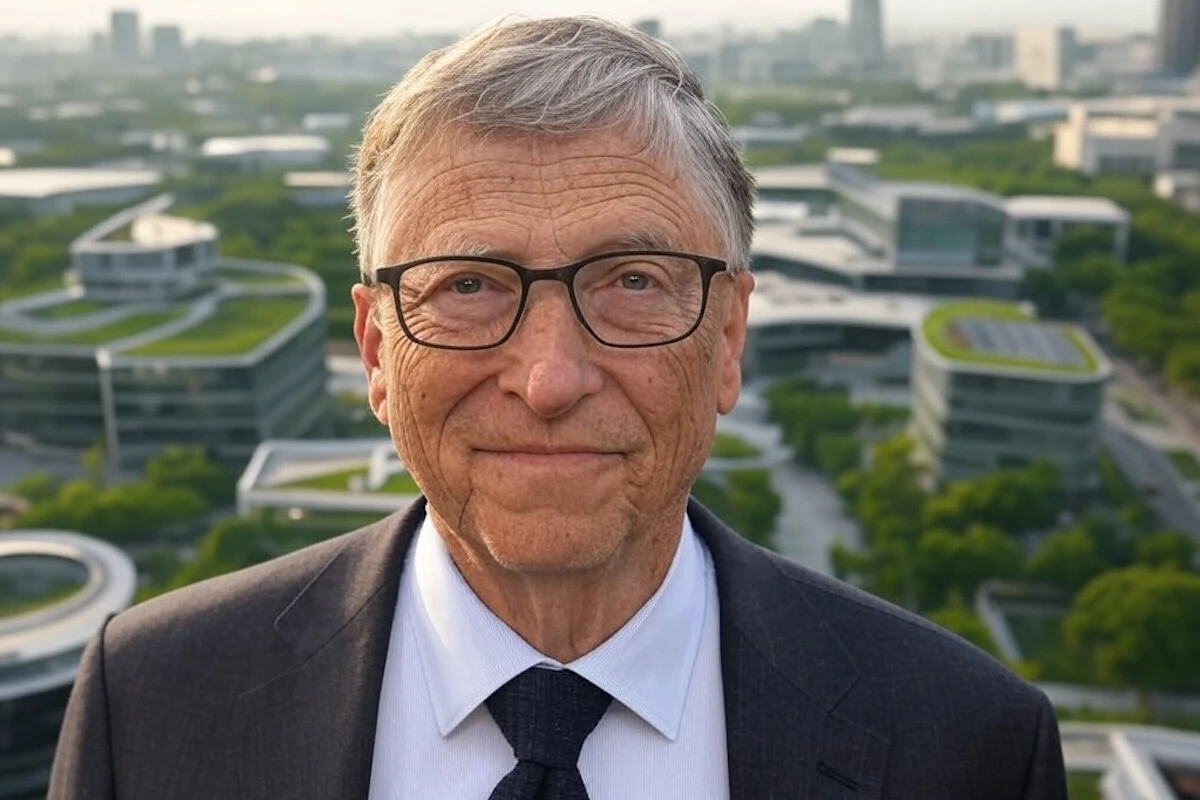The co-founder of Microsoft faces his most ambitious project yet: a 15-minute, energy self-sufficient European-style city. When Bill Gates left Microsoft, he did so with the idea of becoming a philanthropist who would make the world a better place. Since then, he has invested every year in public education, women, family planning and child vaccination campaigns, good works but far from his most ambitious project: building from scratch the city of the future focused on technology and sustainability.
A project of this magnitude takes time: as reported by ArchDaily, it all began back in 2017 with the purchase of 25,000 acres of land in Arizona (just over 100 square kilometers) for 80 million dollars, approximately the same area as the city of Barcelona, and is scheduled for completion in 2028. And it already has a name: Belmont.
Belmont is not only the city of the future, but also an urban planning laboratory

It is considerably smaller than other American cities, where you have to get around by car, obeying the European concept of the 15-minute city. The idea is that you can get from one side to the other by public transport in just a quarter of an hour. Of course, while almost two million people live in Barcelona, Bill Gates is planning for a much lower population density: 182,000 people in 80,000 homes, according to The Express Tribune.
The idea is for Belmont to combine residential, commercial and educational areas, so that those who live there have everything they need and it can be managed integrally at the municipal level.
But Belmont will also be a test laboratory where the most innovative urban planning technology is applied, which involves integrating data centers, network infrastructures and renewable energies for self-sufficiency. Thus, it will integrate an autonomous transport network using electric vehicles to communicate with all points of the city, minimizing pollution and traffic. It will be a carbon-neutral city using solar, electric and hydroelectric power for residential and urban electricity supply.
But Bill Gates and his city face a challenge: water scarcity, as detailed by SmartCitiesDive. Arizona suffers from serious drought problems, so guaranteeing the supply to the population and its resources would be the first major stumbling block to overcome.
Who pays for all this? A combination of the Belmont group and various investors attracted to the project, although the progress of the construction and the real figures for undertaking it are unknown.









